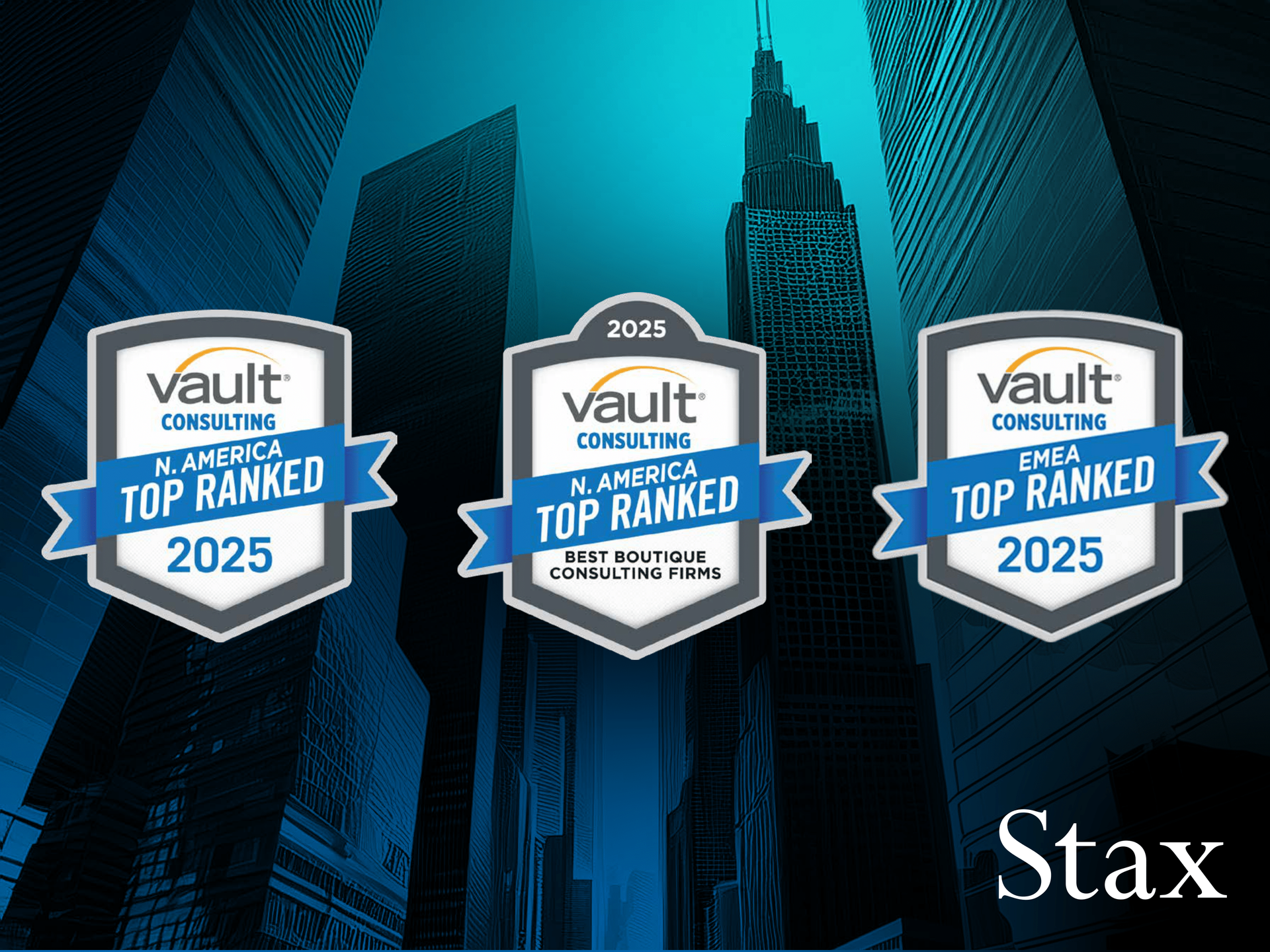Getting the Most Out of Your Acquisition
Getting the Most Out of Your Acquisition
The Value of Time
Whether you regard time as a steady continuum or stretchable elastic, as Einstein theorized, we all know that time is money. We often see organizations spend a lot of money without saving time, when they could have spent the same money, saved a lot of time and effort, and reached their growth goals much more quickly.
When it comes to creating equity value, growing a business faster, in less time, is generally worth more. If you’re a private-equity owner or a private-equity-backed CEO, with a five-to-seven-year holding period but unable to get the growth you want fast enough, you don’t need Newton to tell you that your returns and personal equity value will never make it out of gravity’s grip.
The Role of Acquisitions
Acquisition is a standard engine used to drive growth. Common strategies include acquiring for geographic expansion, product extension, increased distribution, synergies, and straight-up price arbitrage—that is, buying a smaller company at a discount and rolling it into an entity carrying a higher multiple. In addition, a strategy that’s become increasingly popular recently is making an acquisition to bring an important technology into an organization, even for industries that seemingly have no tech connection whatsoever. Acquisitions certainly aren’t always successful, but there are proven ways to improve the odds.
The Advantage of Early Analysis
At Stax, we routinely get calls from clients looking for last-minute due diligence relating to possible bolt-on acquisitions. They’re looking to understand a target acquisition’s market positioning, its competition, long-term customer needs and impressions—all to build a fact base as to whether this is a good investment or a bad one and whether it will work strategically—all in three to four weeks. We don’t mind these calls, as this is one of our specialties.
We can’t help thinking, though, that clients would have been better off starting the process by first prioritizing building the fact base to see which targets are the best, before diving into due diligence about one specific target.
One of Einstein’s many famous quotes is, “If I had one hour to save the world, I would spend 55 minutes defining the problem and only five minutes finding the solution.” Not that M&A is saving the world, but shouldn’t there be more upfront analysis for something that’s a potential strategic investment? Shouldn’t everyone have a deal on the radar screen with enough context to make this an even-paced diligence? Why not change the overall behavior, getting more input early on about which companies would likely make the best candidates, so efforts can be more targeted? And, when opportunistic deals present themselves, they can be put into context with other potential candidates. Knowledge is power.
The reluctance to invest in outside resources early seems to stem from several old-school problems.
- A mindset of using consultants sparingly. The legacy consulting industry has conditioned clients to think of consulting as a high-priced resource to be used sparingly, causing clients to think in terms of a high cost per week or cost per deal and making everyone afraid to get smart early.
- The expensing of deal fees. From a financial perspective, the budgeting mechanism for expensing deal fees allows management to expense the cost of deal-related due diligence, and many organizations do not have planning projects built into budgeting.
- A focus on delaying spending. There’s the psychology of never spending until a negative option is right in front of you (such as potentially getting a deal wrong).
- Relying on BD teams. Organizations that have a business development team may think that this BD team should be doing all of the screening.In reality, for most companies that see acquisitions as an important part of their growth strategy, an acquisition screen should be conducted once every year or two. This should be a focused project that requires significant resources devoted over a short period, while the process of pulling in and closing deals should be an ongoing set of activities that includes prospecting, relationship-building, resource-management (outside and inside), and deal-closing.
Most organizations would save significant time and money over the long run by doing an intensive acquisition screening up front over four to eight weeks, and then doing light updates over time. Because potential acquisition candidates will have already been largely vetted for critical criteria before the formal acquisition process begins, all of your resources are better directed from the outset and you have a much better chance of hitting your targets—essentially accelerating growth. You’d also have more information about each company, avoid time with lesser candidates, ask better questions of the good ones, and spend less overall on the due diligence associated with each deal.
Hitting the Key Steps
Stax has created a Fast Framework for acquisition screening that blends strategic thinking, a defined research approach, and execution with common sense to produce data-driven actionable results. The process includes steps companies need to make informed decisions.
- Get all of the key stakeholders on the same page. What are the governing hypotheses and what are potential alternatives? What the best actions to take—to expand geographically? Into new products? New distribution channels? New customer bases? Technologies? Faster growth areas? Find out what your team leads think so you can later compare their hypotheses with market validation and actionable opportunities to acquire assets.
- Define how much information is necessary for the acquisition screen. Weigh how much you need to make actionable decisions along with what time frame is practical to gather and digest the information. What’s the best tradeoff between the two?
- Build the fact base. Intensively dig to gather all the critical information. Not only do you need to understand potential markets and players, but it’s critical to actually talk to customers—to understand what they really want and what they think of potential targets. Stax emphasizes this roll-up-your-sleeves approach because it provides the best, most practical, most actionable information.
- Identify where the real sources of value reside. What part of the target company does the customer truly value? Is it the product, the channel, the technology, the sales people? Are customers locked in because it is too expensive to switch providers? And identify risks: Do customers typically want the security of having at least two providers, so buying the nearest competitor will wind up cannibalizing your current revenues?
- Map the data. Lay it all out in a way that highlights the value potential from the customer perspective, and compare that with a potential equity valuation perspective. Many a merger has destroyed value, because what looked like synergy on a spreadsheet was a disaster for the sales force. Similarly, make sure within this process to give your team the time to propose the cost and time to build organically versus acquire, which will further vet the candidates and identify where you might be considering an acquisition primarily to buy your way out of a problem. It may prove to be a great strategy; you just want to make sure the comparison is transparent.
- Debate with data, to draw the best conclusions. Now that you have the information, discuss and debate the strategies, in order to prioritize the best plan forward. The debate and discussion is invaluable to get the ideas out, vet any challenges, and build consensus.
- Meet the candidates. Now that you’re armed with a full knowledge base, prepared with who you want to acquire, and have a sense of strategic value, it’s time to get out there to talk with the people you’d like to work with.
The Long-Term Advantage
Acquisition strategies are rarely short term, and they use a great deal of capital. The wealth of knowledge that an acquisition screen provides allows you and your team to better choose who you want and why. In the best scenarios, you call someone early with a better story and they realize that working with you will be an easy process, because you are well informed. Worst case, they put you on the list for when the auction comes around, and you have an information advantage over other potential bidders.
Seeing smart clients wait until they have a Letter of Intent to get a crash course on the level of interest of customers in the target brings up another Einstein lesson: “Insanity is doing the same thing over and over again and expecting a different result.” Stop the insanity. Accelerate your growth while lowering your total effort. You may not be able to bend time, but you can certainly use the time you have more effectively. Einstein would undoubtedly still consider that a smart thing to do.
Read More
All Rights Reserved | Stax LLC | Powered by Flypaper | Privacy Policy






